Saturday night at the Kemeralti bazaar in Izmir
“Beş! Beş!” the fish seller brayed in his cracked bellowing voice to indicate the slender silver slivers in the basins before him were five Turkish lira per kilo. It’s coincidence that the Turkish word for five almost rhymes with fish. He served a procession of buyers while juggling his chain-smoking deftly, a cigarette hanging from his lips and dangling precariously over his wares.
Strolling the street of Izmir in Turkey, I’d lagged behind to capture yet another slightly decaying house or intriguing sign in the lanes. Rounding the corner I was struck by a cacophony of voices as people weaved in and out of the narrow passageway edged by food shops and stalls, the latter illuminated by fluorescent spiral bulbs making the colours of the food look particularly intense.
There is no doubt that nose-to-tail eating is alive and well in Izmir as the butcher’s shop windows displayed tripe, liver, lungs and intestines alongside the more traditional cuts. Plastic basins of spices weren’t piled high like the tourist shops but filled with just enough to keep them fresh. The fish stall men leaned over to spray their stock with water while haggling with the teeming throng of customers. Saturday night is shopping night in Izmir and we were in the thick of things in Havra Street at the Kemeraltı Bazaar.
My group all touted cameras as we were hot footing it from the World Tourism Forum in Istanbul and now as guests of Visit Izmir. Our presence wasn’t just tolerated, we were completely ignored. Under a cloak of invisibility we skulked and then moved closer with our lenses as men concentrated on their ritual ablutions around the fountains beside the 17th Century Hadji Hüseyin or Sadirvan Mosque. It’s a timeless scene which has been repeated for centuries (photographic equipment aside!).
Winding deeper into the bazaar, I found a courtyard dedicated to food next to the main entrance to the 16th Century Hisar mosque. A boy ladled hot soup from a dangling steaming cauldron suspended from a tripod, chestnut sellers vied for business and people bustled in and out for evening prayer. Near the side door of the mosque is the entrance to one of eight synagogues which remain in Kemeraltı, still in use from descendents of another ancient community. Spanish and Portuguese Sephardic Jews made Izmir their home after fleeing those countries at the time of the Spanish Inquisition in the 1400s. At its peak there was a cluster of 34 synagogues built in the medieval Spanish architectural style, uniquely preserved in some today. Members of this community still speak a version of ancient Spanish called Ladino; their heritage made a big contribution to Izmir cuisine including the local favourite boyoz, a baked round pastry bun flavoured with tahini. At this time of early evening the doors to the synagogues were bolted shut, the inhabitants intent on a different ritual to their neighbours.
The sky visible through the narrow lanes started to turn pink throwing the tower of the mosque into relief above the roofs of the shops. A hawker in a braided waistcoat wheeled a trolley of flourescent liquid which he whirled around a stick in multi-coloured strands to be eaten carefully, a form of melted sweets. I followed a family into a chess shop packed with boards in painted boxes with ornate pieces of all sizes. The scent of freshly ground coffee drew me on, past a huge spit with a round of skewered meat roasting horizontally over flame, to a shop with an enormous pneumatic plunger pounding up and down to grind the beans.
We all gathered at a coffee shop to test the local brew – Turkish coffee. (aka fincanda pişen Türk kahvesi or Turkish coffee boiled in the cup). Finely ground coffee is mixed with water in a long-handled pot (cezve) which is nestled into a bed of hot sand. The coffee is stirred as the water starts to simmer, then poured into small cups. A thick layer of coffee ‘sludge’ remains in the cup once you have finished drinking and there’s a tradition of fortune telling around this. We had a go ourselves, apparently the coffee should be drunk only from one side of the cup. You place the saucer on top of the cup and make a wish, then hold the covered cup at chest level and turn it anti-clockwise a few times. Then turn the cup upside down onto the saucer and leave to cool; some people place a coin on top to hasten the process and to ward off bad omens. When cool, the cup is removed and then shapes formed interpreted by the fortune teller (this is called tasseography).
Our little cups came with a piece of dried fruit on the side, but our guides appeared with Sambali, a street food originally from Syria, which is really popular in Izmir. It’s a semolina cake, drenched with syrup, topped with a nut and sandwiched together with a type of clotted cream. Just the thing we needed before a big supper. The Kemerelti maker of this is quite famous.
Trays of tea in hourglass-shaped glasses were being passed around too and then some traditional sherbet arrived, a mix of flower extracts, fruit or herbs with sugar and water. It’s quite weak to taste and not to my palate but is a legendary drink especially during the heat of the summer and offered to guests. We tasted black mulberry which is a particular favourite in Izmir.
Our guide, more intent on history than photo opportunities, then mentioned casually that there was a good view from the upper level of the Kızlarağası Hanı, the Ottoman era kervansaray (caravansarai) which we were sitting next to. Hurrying through the domed arches lined with tourist shops, I found the stairway at the rear and was soon gazing out at the minarets of the Hisar Mosque from the open balcony, thinking how much I would have like to have caught the sunset. The atmosphere of this market took me back to a Friday night in old Damascus, where you feel like you are treading in the footsteps of medieval travellers. One more good excuse to return to this captivating bazaar that has one foot firmly in the past, where you can still find echoes of the silk road.

Plan your trip to Kemeralt1
Stay – Swissotel Buyuk Efes is bright and comfortable with lovely grounds and some impressive local and international modern art including an Antony Gormley sculpture. Easy walking distance to the Agora and bazaar.
Location – we started our wanderings by entering the street across the road from the Agora or Roman market place ruins. It stretches over a large area but you can navigate by looking for the towers of the main mosques which lie at its centre.
Eating and drinking – There are many local specialities – more information about the local cuisine of Izmir here. You can also do a food tour organised by Culinary Backstreets (I road-tested one previously in Istanbul and it was excellent).
Synagogues – many of the synagogues of Kemeralt1 are open for visitors. If you have a guide they may be able to recommend the best ones. There are more formal in-depth tours of Jewish heritage sites available too.
Thanks to Visit Izmir for hosting me as a guest for the tour of Izmir (with accommodation at Swissotel). More useful information can be found on their website.
I was in Turkey as part of the World Tourism Forum with BloggerCasting and met some incredible people. One group went to Edirne – another beautiful part of the country. Read ‘Captivated by Edirne/Adrianople Thrace‘ by Marysia on Travel Affairs and ‘Things to do in Edirne‘ by Cheryl.
Do you have a favourite market somewhere in the world? What’s the most unusual thing you’ve brought back?
Comments are closed.



































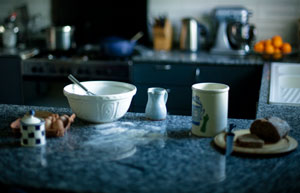







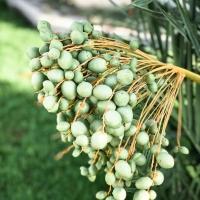
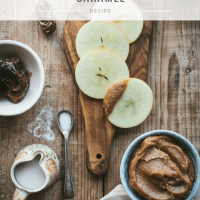

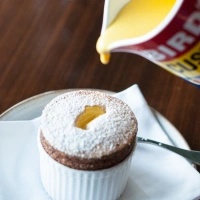
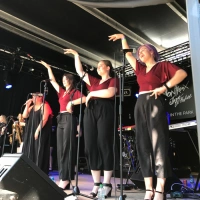

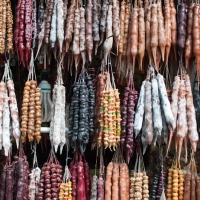
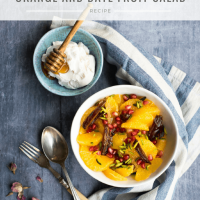







What a wonderful trip 😄
What a wonderful place! Thanks for sharing your impressions with us.
Cheers,
Rosa
Oh the vagaries of human nature … Marcella Hazan’s husband, i.e. the Hazans, were from Izmir and had to flee Izmir for Italy back in the late 1920s or early 1930s. Wouldn’t it be nice if we could all just get along ! Lovely post, by the way, thank you for bringing the bazaar ‘alive’ for us.
A true diving in the Kemeralti Bazaar, I wish I had test this Turkish coffee and bring back some local coffee bean to prepare it at home
Thanks for all the great pictures! Nothing like a little ash to go with your fish and chestnuts.
Gorgeous photos Sally and it seems the stop smoking message still has a little way to go in Turkey!